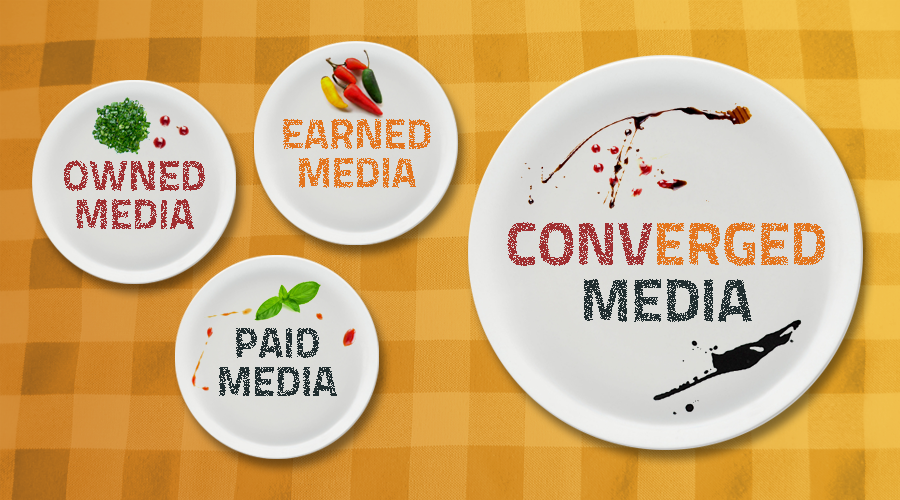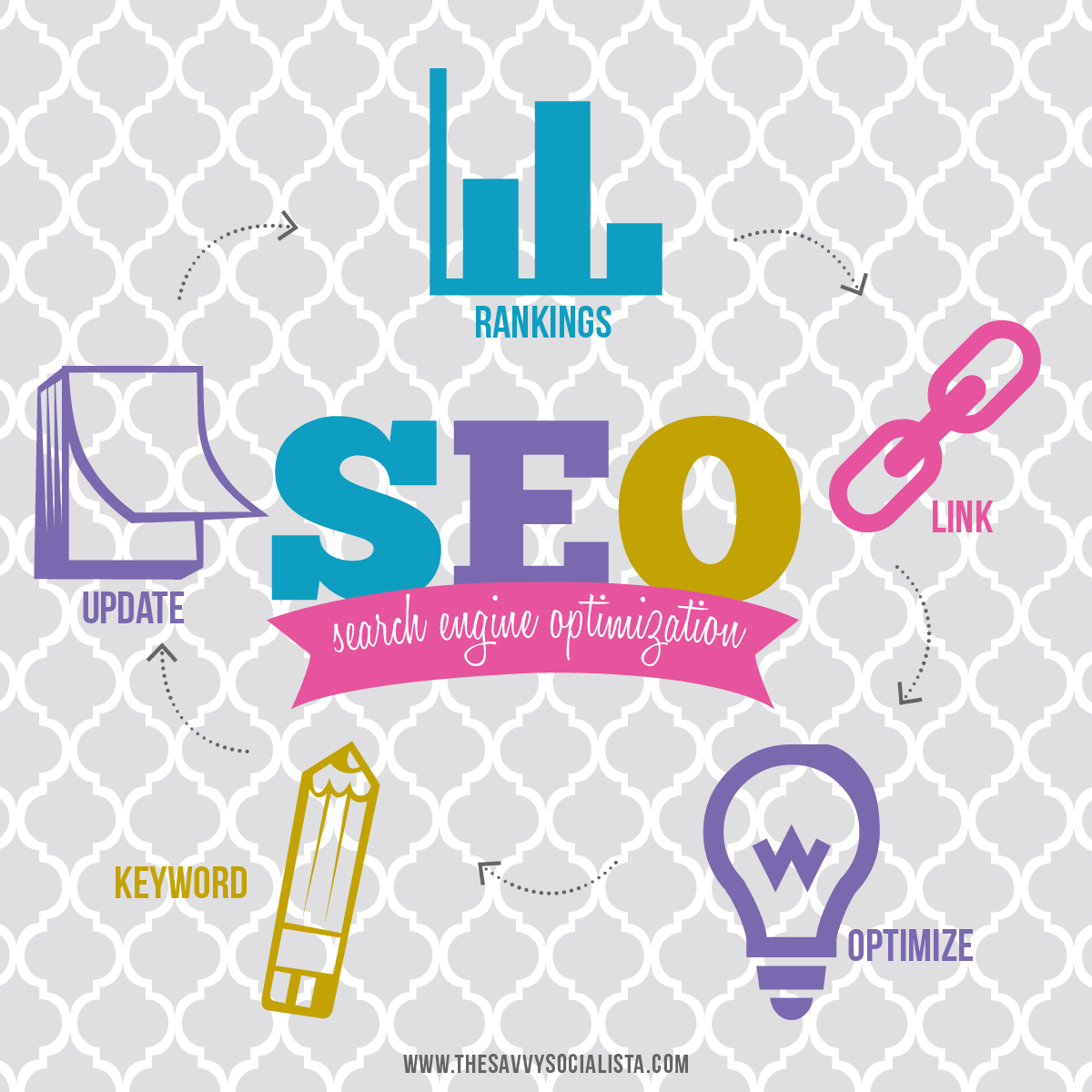The rise of the internet and the social networks has profoundly changed the decision-making process of consumer purchase. The classic sales funnel doesn’t exist any longer, giving a way to the circular process which sees the consumer getting in touch with multiple devices, sources and technologies, often even simultaneously.

An analysis conducted by Google in 2012, on a sample of more than 3,000 consumers, shows that each and every one of them has a different decision-making process, where the only common denominator is the ‘Online Search’ for information. This has resulted in the proliferation of advertising messages (it is estimated that a person is exposed to average 3000 brand impressions per day) and the multiplication of channels on which these messages are conveyed.
For brands, therefore, is vital to increase the effectiveness of these messages and to exceed
the classic distinction between paid, owned and earned media. That’s why new hybrids, based on the combination of two or more channels and new technologies, are being developed.

Converged media is the name that identifies this convergence of paid, owned and earned media in a strategy, which thanks to the evolution of technology, allows to reach consumers exactly where, when and how you want. However, while the consumer has become accustomed to this convergence of channels, marketers are more often reluctant to adopt effective strategy of converged media, especially because of the “organizational” and “political” reasons within large companies. In fact, large companies are organized into separate departments and each of them is responsible for different channels and a particular budget. Nevertheless, small companies, which are less structured, have a greater propensity to mix these channels effectively.
Ever wonder that 95% of consumers don’t trust a message conveyed by advertising, in the traditional sense. It doesn’t mean that the “paid media” are not useful anymore. They, in fact, are able to effectively and quickly attract the attention of the target and activate a first contact and a first exchange that earned media can translate into engagement (action and advocacy).
Through a basis of attention gained through paid channels or generated on their own channels, the earned media work as multipliers of the message, expanding the quantity and the quality of marketing activities. However, content is what you have to use to create the direct relations with your audience, to change them into your advocates. We can use the great example from
the interview with Davide Basile in which he is speaking about the importance of content marketing strategies: “Today is not enough to just push media adv in order to get better results.
It is necessary to put your actions in the effective storytelling. And the effective storytelling without content marketing is like a scoop of ice-cream without whipped cream on the top“.
In the next blog post we will try to show you the other aspects of the content marketing, its effectiveness in business, and the measurement of it. Meanwhile, let us know what you think about this topic in the comments below.
This post is also available in: Italian



1 comment